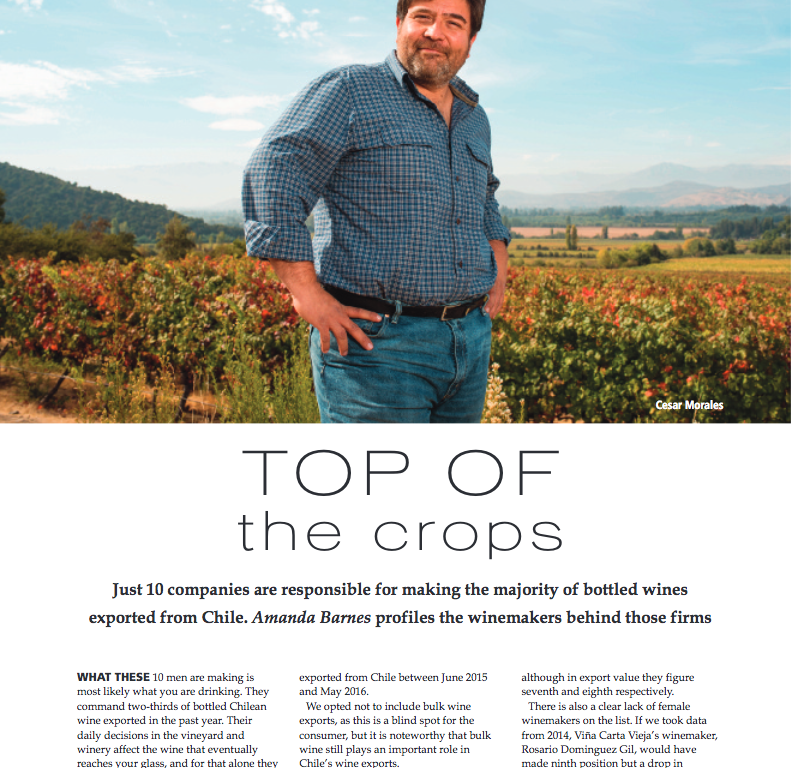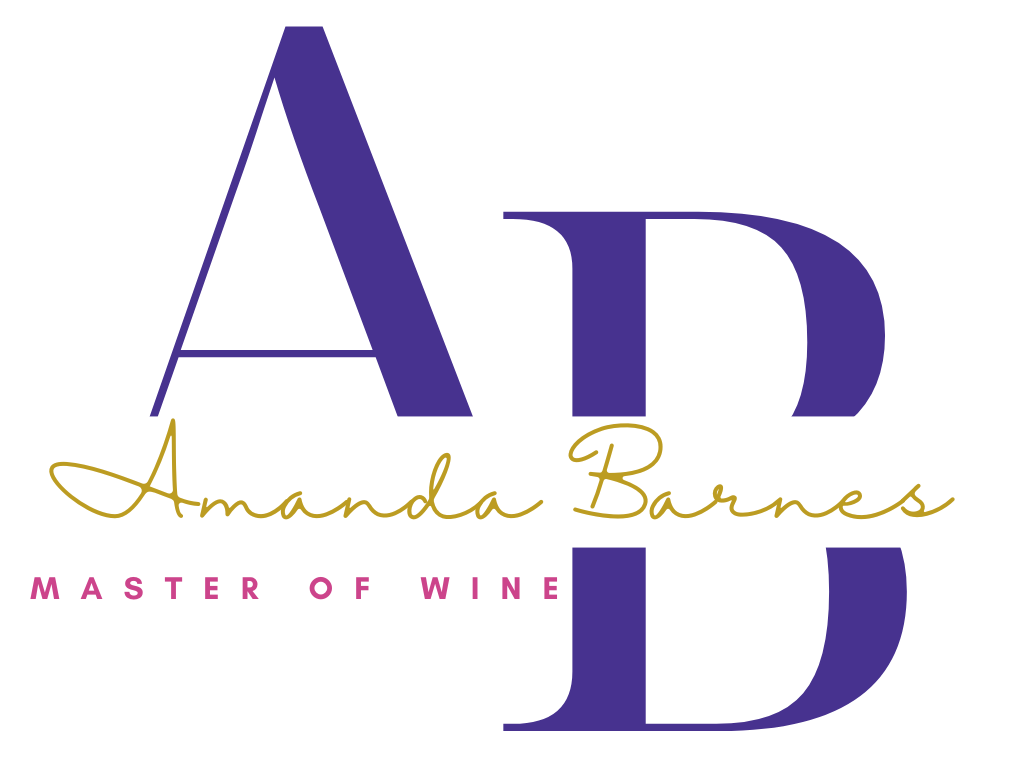10 Surprising Wine Pairings: from Pizza & Prosecco to Breakfast & Bordeaux

Written for The Guardian Popcorn and champagne This Lady and the Tramp-style pairing might seem strange, but the toasty, buttery goodness of lightly salted popcorn with a well-aged champagne is pure delight. Add truffle butter to pimp your popcorn. Macaroni cheese and chardonnay Macaroni cheese is a child’s proud favourite, and an adult’s guilty pleasure. […]
Chile fires: 100-year-old vines lost in ‘national catastrophe’

Written for Decanter, January 2017 Century-old vines have been destroyed and up to 100 vineyards damaged in wildfires that Chilean authorities have declared the ‘worst forestry disaster in the nation’s history’. The viticultural fallout of the forest fires still raging in Chile has begun to emerge, with century-old vineyards burnt to cinders and small producers […]
North America 2016 Harvest, Decanter October 2016

Written for Decanter.com North America’s 2016 vintage saw advanced harvests across the board, with some of the earliest picking dates on record. Despite the early start many regions experienced cooler ripening periods, and drought was less of a defining characteristic than last year. California A warm spring jump-started the Californian season up to a month […]
Chile’s most powerful winemakers? The Top 10 in numbers

Written for The Drinks Business, Sep 2016 What they are making, is most likely what you are drinking. These ten winemakers command two thirds of the bottled Chilean wine exported in the last year. Their daily decisions in the vineyard and winery impact the wine that eventually meets your glass, and for that fact alone […]
Uruguay: More than Tannat, Decanter October 2016

A vast array of soils and terroirs gives this diminutive but plucky nation the tools it needs to forge a strong identity of its own, says Amanda Barnes. And it’s the growing reputation of Uruguay’s white wines that’s grabbing the attention… Read the full article here, Decanter October 2016 Read more on Uruguay on […]
Chile Harvest Report 2016

Written for Decanter April showers hit the Chile 2016 vintage, with some producers describing conditions as more like those on France’s Atlantic coast and overall production down by a fifth versus 2015. With wine regions spanning over 1000km, the Chile 2016 vintage was always going to have regional variation. But, most areas experienced a cooler […]
El Nino hampers Argentina’s 2016 harvests

Written for Decanter The El Niño weather cycle saw Argentina report its worst pre-harvest grape losses since 1957, with production in 2016 expected to be 27% smaller than 2015 across the country and 39% down in Mendoza. A cool and wet spring set the harvest back by a month. April was a wash out with […]
And the winner is…

Written for Decanter. Sleepless nights, thousands of pounds invested in rare bottles, and zero social life are common elements of preparation for the World’s Best Sommelier Competition. Japanese candidate Hiroshi Ishida spent last month living away from his wife and three children, for his final purgatory of preparation. This year’s competition saw a record 61 […]
Is Uruguayan Tannat old hat?

Written for Around the World in 80 Harvests The tiny South American country is synonymous with this plucky variety that was first brought to its shores by Basque settler Pascual Harriague in 1870. Since then it has dominated Uruguay’s wine scene, accounting for up to 50% of plantations at its peak. “Why Tannat?”, you might ask. […]
Guide to Vale dos Vinhedos: Brazil’s unexpected wine region

Written for Around the World in 80 Harvests. Brazil’s main wine region, Vale dos Vinhedos, may well be what you least expect from the country known for its tropical beaches, flamboyant carnival and vast Amazon jungle. The landscape of Serra Gaucha, one of the southernmost states in Brazil, consists of hillsides and forest. It is humid, […]

